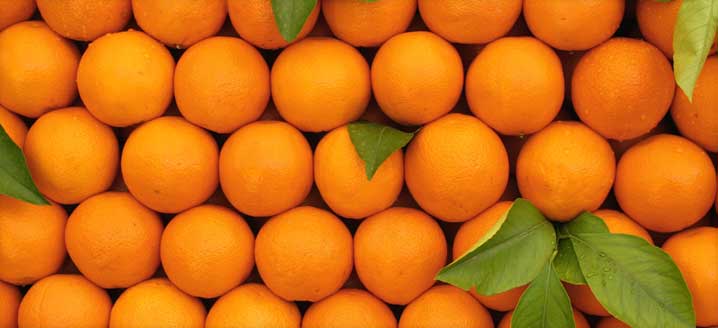In 1611, after having studies how sailors stack cannonballs, Johannes Kepler began pondering over the most efficient way to pack spheres in a given space. He finally decided on the face-centred cubic, which is the same way you will find oranges stacked today.
However, Kepler could not prove that the face-centered cubic was indeed the most efficient way to pack spheres. Until recently this problem remained unsolved. After over a decade of research, testing all the possible solutions, Thomas Hales of the University of Michigan concluded that Kepler’s method, the face-centred cubic, was indeed the most efficient way to stack spheres, meaning that the amount of space occupied by the spheres is maximized in the proposed arrangement. Referees have declared they are 99 percent sure the Hale’s solution is correct.
